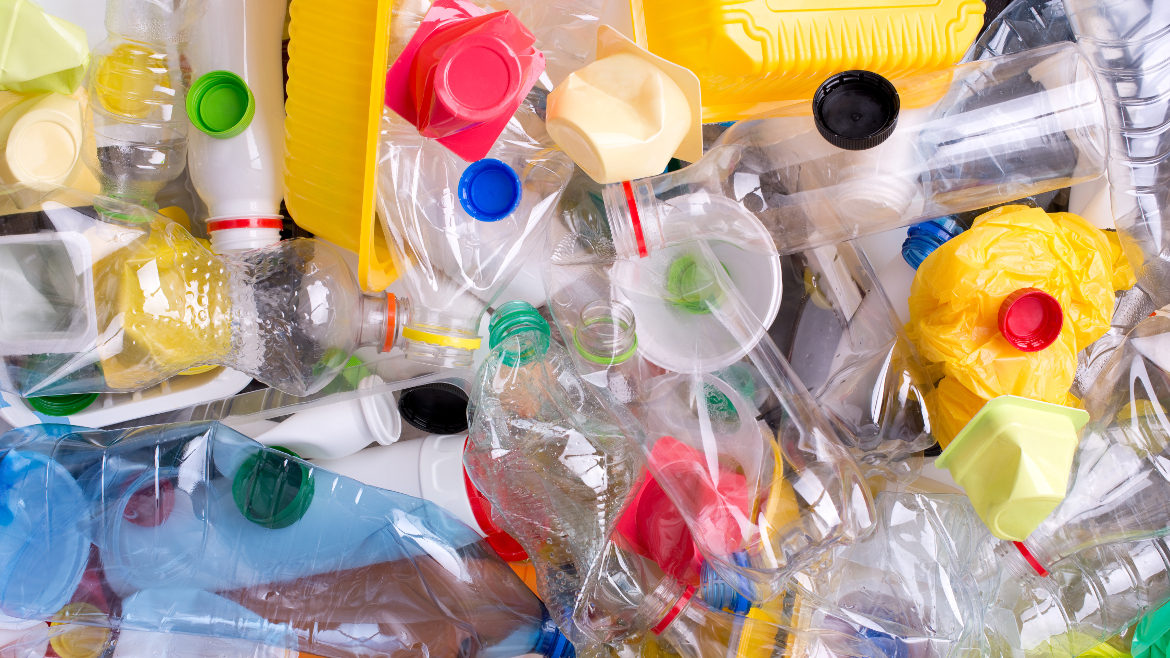Digital technology has transformed the way we buy products. If you live in a metropolitan area, you can purchase almost anything you want and have it delivered within hours. But this consumption comes at a price to the environment: the more we consume, the more waste we discard.
The amount of trash that the human race produces is expanding at an alarming rate. According to the World Bank, global solid waste will rise from 3.5 million tonnes per day in 2010 to 6 million in 2025.
Food waste is an area of particular concern. With 795 million people currently undernourished, according to UN figures, the fact that 1.3 billion tonnes of food are wasted every year is nothing short of a scandal.
But just as digital technology has transformed the way we consume, it also has the potential to reduce waste. In particular, the combination of embedded sensors, pervasive communications and data analytics – often known collectively as the Internet of things – can help producers, retailers and consumers understand just how much is being discarded, and why.
Some innovations apply to the supply chain. Sensors embedded in cargo vehicles can help to ensure the correct temperature is maintained during transit. This means that less food is spoiled before it reaches the supermarket. Retailers can also use this information to offer discounts on food that might spoil quicker than expected.
Technology can also help to ensure fewer unwanted products are produced in the first place. Sensors embedded into supermarkets shelves, smart displays, variable pricing and other retail technologies can help companies see what is in demand and what they have in their inventories, so that production can be matched to demand more effectively.
Of course, consumers have a critical role to play when it comes to reducing waste too. Here, digital technology can be used to encourage consumers to take more intelligent decisions by showing how much they throw away, just as water and electricity meters help households manage their consumption of these resources.
So-called “pay-as-you-throw” schemes, in which households are charged for the weight of waste they produce, have been in operation around the world since the 1970s. But the advent of RFID (radio-frequency identification) chips and readers means waste can be measured automatically and more accurately.
A recent project in Michigan, US, in which waste was weighed and allocated to particular households using RFID chips embedded in bins, cut refuse by 12% in a single year. RFID tags embedded into product packaging could give consumers even more detailed information about how much they are wasting.
The hope is that making consumers more aware of the waste they are producing will lead them to purchase products that have less packaging, extend recycling and make more efficient use of their food.
The question is what it will take to encourage businesses, local authorities and individual households to adopt these technologies.
As with energy efficiency, there is a cost benefit to reducing waste: using resources more effectively means you have to buy less. But it took a global movement to put climate change on the political and corporate agenda and to make individuals aware of their carbon footprint and why it matters. Perhaps same is needed to raise awareness of humanity’s waste footprint, too.
Are you aware of how much waste your lifestyle produces? Could technology help you reduce it? Share your thoughts on the Future Realities LinkedIn group, sponsored by Dassault Systèmes.
Sponsored by:





